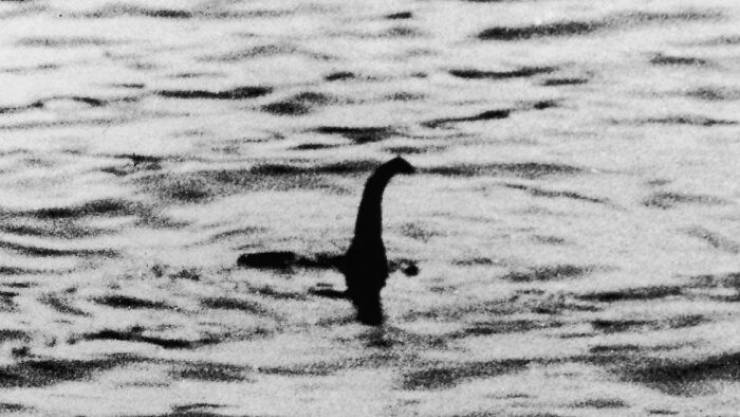The Loch Ness Monster Is Probably A Large Eel

For almost 1,500 years, people have reported seeing an enormous, mysterious creature living in Loch Ness, a freshwater lake near Inverness, Scotland. The earliest reference to a Scottish lake monster dates back to the biography of Saint Columba, which was written in 565 AD. Reports continued periodically afterward, but they kicked into high gear in 1933, when a road was built along Loch Ness's shore.
One year later, British doctor Robert Wilson shared the infamous Loch Ness Monster photograph, which purported to reveal the monster in its natural habitat (and in no way looks like a plastic dinosaur toy in a bathtub). Though Wilson later admitted the photo was a hoax, belief in the legend persists to this day. As of 2012, a quarter of Scots believed Nessie was real, or at least told a pollster they did. Some think the Loch Ness Monster is a prehistoric holdout, a dinosaur that somehow survived to the present day. Others think it's a cryptid.
There has never been concrete proof of a lake monster living in Loch Ness, not even a washed-up carcass. So why do so many people still believe it? As with a lot of these popular myths, it's not because people are delusional, or that they're seeing something that isn't really there; it's more likely they are seeing some kind of creature and misunderstanding what it is. Skeptics have suggested that many supposed Nessie sightings are really just large fish native to the area - possibly a wels catfish, a sturgeon, or a Greenland shark.
In 2019, a team of researchers from New Zealand analyzed water samples from Loch Ness and studied the DNA of every type of living organism found within it. They found no evidence of dinosaurs, sturgeon, catfish, or sharks, nor did they find the DNA of a previously unknown organism. However, they did find plenty of eel DNA. Like many freshwater lakes in Europe, Loch Ness is home to the European conger, a species of eel that spawns in the Sargasso Sea near the Bahamas and migrates to European bodies of water. European congers can grow up to 7 feet long and weigh up to 130 pounds, making them the likeliest Nessie candidate. If there is a bigger animal living in Loch Ness, it hasn't left any DNA behind.











s